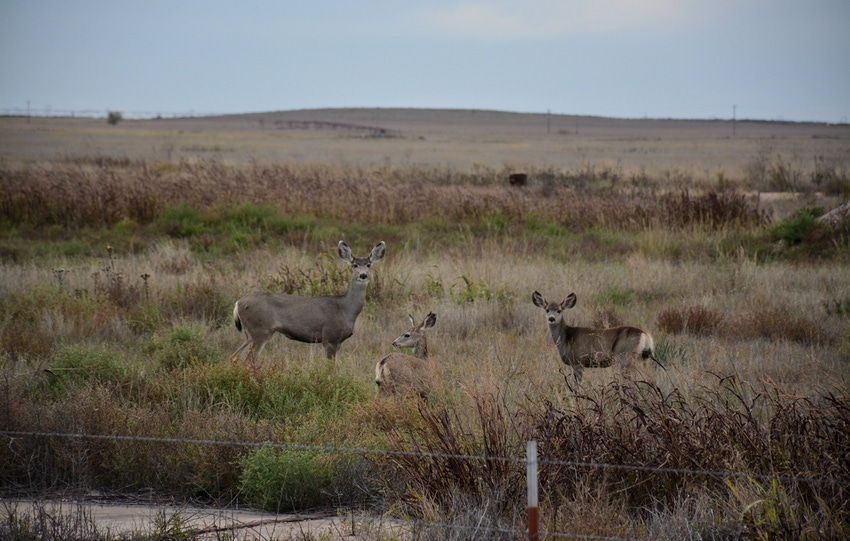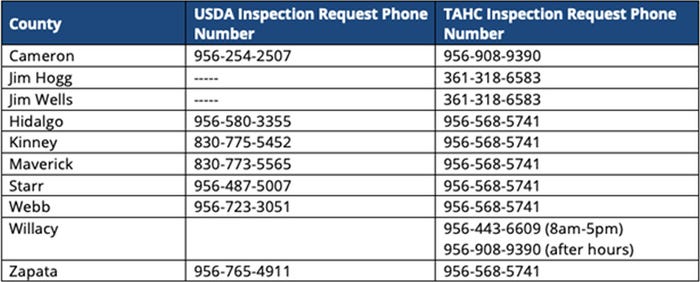
According to Texas Outdoor Digest, hunting in Texas produces more than $1.6 billion to the state economy annually.
The state benefits from taxes and fees collected for in-state and out-of-state hunting licenses. Retail sales of hunting-related equipment also adds to the economic impact and farmers, ranchers and rural property owners who operate hunting lease operations realize a sizable stream of alternative revenue.
According to the Texas Department of Parks and Wildlife (TPWD), an estimated one of every 40 Texans hunt deer in the state each year. In addition to the economic advantages to the hunting industry, TPWD biologists say deer hunting is the number one contributing factor in managing the deer populations in the state, ultimately benefiting Texas native deer herds.
2019-2020 deer season schedule
Texas hunting regulations, including season opening and closing dates, are established each year by the TPWD, along with specific rules that are set each year that take into consideration specific problems or issues across the state that are affected by hunting operations.
For several years, such an issue has influenced special rules for hunters in South Texas—cattle fever ticks.
Bow season for both mule deer and whitetail deer opened on Sept. 29 and ends on Nov. 2, 2019. The following day, Nov. 3, the general deer season opens for both mule and whitetail deer in the North and South Zones of the state.
In South Texas, where Cattle Fever ticks have been discovered inside and outside of the Permanent Quarantined Zone (PQZ), Texas Animal Health Commission (TAHC) inspectors and USDA-APHIS officials are concerned that the transport of deer hides outside of both the PQZ and Control Purpose Quarantine Areas (CPQA) could result in transporting fever ticks into areas outside of control zones.
To that extent, inspectors will be on call to conduct inspections for hunters.
Currently, portions of Cameron, Jim Hogg, Jim Wells, Hidalgo, Kinney, Maverick, Starr, Webb, Willacy and Zapata counties have established fever tick quarantine areas. Landowners, lessees, or other individuals who plan to harvest, move or capture white-tailed deer, nilgai antelope, or other exotic animals located on an infested, exposed, adjacent premises, or connected to a quarantined premises must have the animals inspected and treated by a TAHC or USDA-VS representative before moving off the premises.
According to Eli Benavides, TAHC Supervising Inspector in Willacy County, hunters who have taken a deer in a control (quarantine) area (a three-mile perimeter around a premise where fever ticks have been discovered) can call a special telephone number and either USDA or TAHC inspectors will be dispatched to their location to treat animal hides, which must be completely removed from carcasses.
After inspection, the deer hide will be “bagged and treated” with an essential oil designed to kill any ticks remaining before it is cleared for transport outside the quarantined control area.
“It would help if hunters could provide their GPS location when calling. It makes it easier for inspectors to locate them. And the number to call will be different, depending on which county the deer was taken,” he said. “But our inspectors are familiar with the area and they will be able to find you one way or another.”
Permits for transport of hides, capes, and animals presented for inspection and treatment will issued on-site, according to TAHC guidelines.
“It’s an easy process and doesn’t require much time. But it is important to make certain cattle fever ticks are not transported out of quarantined areas,” he added.
TAHC and USDA have posted signs on properties that fall within the three-mile perimeter of control areas and lease owners are “well aware” of requirements for required inspections. Benavides recommends checking with lease owners to make certain they know when and how to call inspectors to receive inspection, treatment and permits before moving the animal off the lease premise.
Though it is still early in bow season, Benavides said inspections have already taken place and many more are expected, especially once the South Texas open season arrives Nov. 3.
List of telephone numbers by county (supplied by TAHC):

Additional Resources
About the Author(s)
You May Also Like






